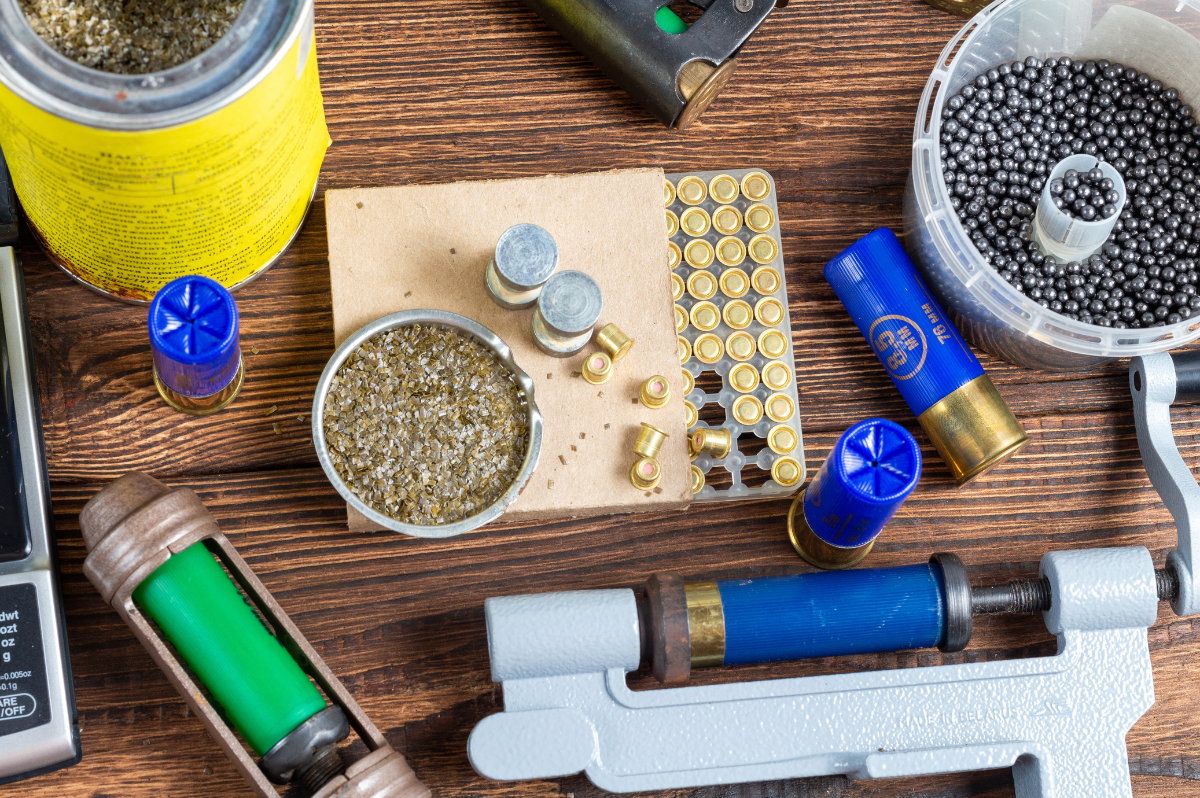
 0
0 
For shooting enthusiasts, understanding the art of ammunition reloading is a valuable skill. This comprehensive guide offers an in-depth exploration of the reloading process, its benefits, and safety practices essential for any reloader.
Ammunition reloading is the process of producing your own rounds or cartridges by reusing spent cases. This technique is preferred by many shooters for cost-effectiveness, improved performance, and customization opportunities. By reusing spent cases, you can significantly reduce the cost per round compared to purchasing factory-made ammunition. This is especially beneficial for avid shooters who go through large amounts of ammunition on a regular basis.
Start with gathering all necessary equipment. This includes a reloading press, dies, scale, calipers, case trimmer, priming tool, and safety glasses. Each tool plays a critical role in the process, so investing in high-quality equipment can significantly improve your reloading experience.
Use a tumbler to clean your spent cases. Post-cleaning, inspect them for any signs of damage or excessive wear. Discard any cases that show cracks, as these are not safe for reloading.
Using your reloading press and a die, resize the case back to its original dimensions. This step also involves removing the spent primer. It’s crucial to ensure the case is correctly resized to prevent any issues during firing.
Install a new primer in the base of the case using a priming tool. A well-seated primer is flush with the case’s base or slightly below. Over-seating or under-seating the primer can lead to misfires or damage to the firearm.
Measure the correct amount of powder for your load using a scale. It’s essential to stick to recommended powder charges as outlined in a reliable reloading manual. Overcharging or undercharging can lead to dangerous conditions when firing.
Place the bullet into the case and use the reloading press to seat it at the correct depth. The right seating depth is crucial for accuracy and safety. Always refer to a reliable reloading manual for correct seating depths.
Inspect the final product for any irregularities. Make sure the bullet is seated correctly, and there are no signs of damage to the case. Keep your rounds in a cool, dry place, away from heat sources and flammable materials.
In conclusion, ammunition reloading, while intricate, is a rewarding skill for shooting enthusiasts. It provides cost savings, performance enhancement, and deep engagement with your hobby. However, always prioritize safety, ensuring each step is executed with precision and care. Happy reloading!

 0
0